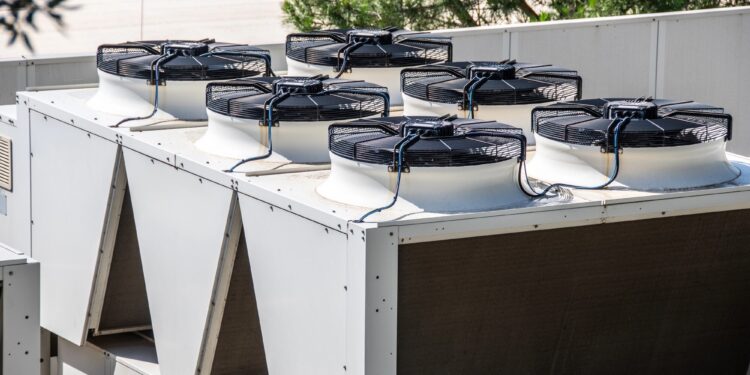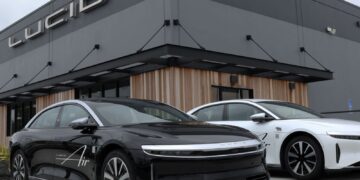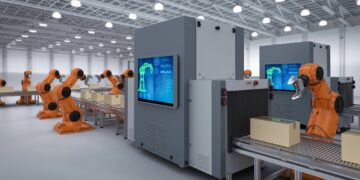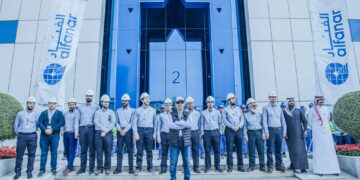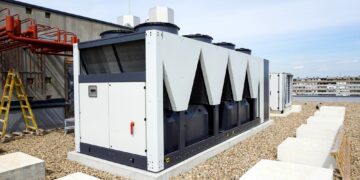The heating, ventilation, and air conditioning (HVAC) market in Saudi Arabia is experiencing robust growth, driven by major investments in infrastructure, a surge in smart building projects, and increased demand for energy-efficient climate control in both residential and commercial sectors. According to IMARC Group, the market reached a value of USD 3.01 billion in 2024 and is projected to more than double to USD 6.22 billion by 2033, with an annual growth rate of 7.98% expected between 2025 and 2033.
Saudi Arabia’s extreme climate and rapid urbanization, especially in cities like Riyadh and Jeddah, are boosting the need for advanced HVAC systems. Consumers are increasingly seeking smart, IoT-enabled units for automated temperature management, while government initiatives encourage the adoption of sustainable building practices, inverter technology, and eco-friendly refrigerants. Regulatory standards for efficiency are shaping the market, though high installation costs and a shortage of trained technicians remain challenges.
The construction boom, along with growth in hospitality, retail, and smart city developments, is fueling demand for large-scale HVAC solutions. Variable refrigerant flow systems and smart thermostats are becoming popular for their operational efficiency. Urban areas are leading in sophisticated installations, while rural regions tend to favor more affordable, compact units. The market also faces hurdles such as dependence on imported components and logistical difficulties in distributing large equipment to remote areas.
Key factors influencing the market include ongoing urban development, rising awareness of energy efficiency, and evolving regulatory frameworks. Despite installation and supply chain challenges, the sector is set for continued expansion as Saudi Arabia prioritizes sustainable and technologically advanced climate control solutions.
